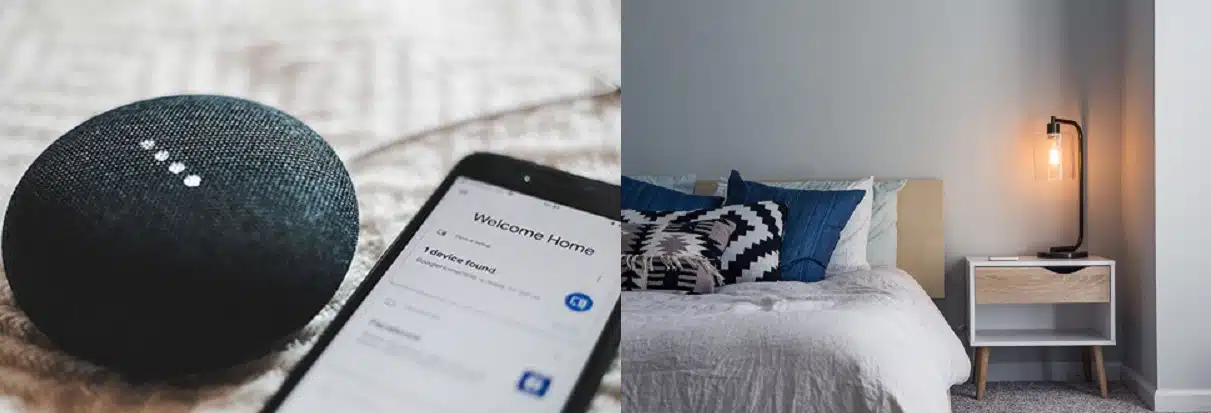IoT for hotels – With the Internet of Things (IoT), 2019 has brought us a technology buzzword that doesn’t really make any sense.
That word is “things”. Apparently, you need “things” in the guestroom now. Every hotel guestroom should have “things”. The trouble is, nobody knows what these “things” are. We know that there are basic requirements for a guestroom, a comfy bed, a good shower, a pleasurable view is a bonus, but it isn’t these “things” that people are talking about. Here, we take a look at what “things” are, and why we may or may not need them. That’s right, we’re going to discuss IoT for hotels.
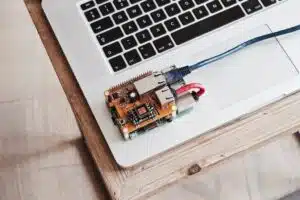
Hotel rooms were traditionally a shining beacon of modern technology, on demand movies, International TV programmes, WiFi, Bluetooth speakers and iPod docks. Fast forward 10 years, and this all seems a bit, well, old hat. It’s amazing how quickly technology moves forward, to the point that keeping pace proves quite the challenge for even the most tech savvy of hoteliers.
Granted, you may think it a little crazy that I use the word “things” as a buzzword, but it really is, albeit one that hardly anyone knows what it means. Please allow me to expand. Things, is one part of the phrase Internet of Things, often written, or now spoken as IoT (Aye Oh Tee).
IoT For Hotels – What Is It?
Breaking IoT for hotels down, or just IoT itself, we start with Internet. I feel another blog post coming on about the World Wide Web vs The Internet, so I’ll save the definition of Internet for that. Next we have ‘of’, which is a word we use all the time so again, no in-depth explanation required.
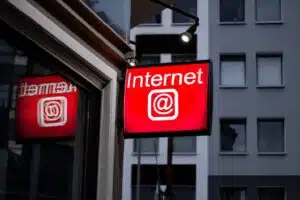
The confusion lies in “things”. I’m not sure that everyone truly knows what it means, when used in the context of Internet of Things and IoT for hotels. The dictionary helps us with the definition being:
“A material object without life or consciousness; an inanimate object”
So, assuming this helps us, we now have the “Internet of material objects without life or consciousness”. Forgive me if I’m wrong, but is that not what we have always had? Assuming no robotic uprising that was swept under the carpet during the coming of the information age, I’m going to put my neck on the line and say that everything that was connected to the internet was “without life or consciousness”.
The Thing Is, I’m Sorry……
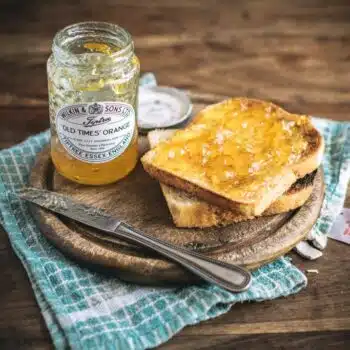
I apologise, so far, I have not managed to clearly explain the definition of “things”. So, here’s my stab at it:
Things (noun) – “Material objects connected to a network, via IP, that you would not normally expect to be connected to the internet…….. Such as a toaster”
Well maybe a toaster is a random example, but this explains the idea. Using IoT involves taking everyday items, giving them an IP connection, allowing them to be controlled over the IP connection. This may seem like a random idea, for our hypothetical toaster, it does allow the control of the device to be centralised. Suddenly we can have 20 slices of toast all toasted to the same level of ‘toastiness’, ready at the same time, by just one set of programming. OK a far-fetched scenario, but one example of IoT for hotels.
IoT For Hotels – Devices
Moving away from the toaster, we are already familiar with many IoT devices, some which existed in their own system initially, that we use on a regular basis, some “things” are:
- Wireless speakers
- Voice Assistants
- Content casting devices
- Lighting
- HVAC
- Door locks
- Drapes & blinds
Soon we will see much more than the small subset of examples above, and of course the toaster. On a personal level, I’m looking for an IoT coffee machine, not as crazy as it sounds. That’s something we will leave for another time though!
Connected Devices Are Not A New Idea
The idea of connected devices, “things”, is as I stated above, centralised control and management. Moving away from the idea of individually programmed and configured devices, to a centralised platform. A model which has existed for a very long time in the traditional IT world, known as the client-server model. Holding information in a central data store, clients that require information to carry out an action, take their instructions from this central data store. Any change required to the action is made in one place then all devices which carry that out action are automatically updated. Obviously I am simplifying it a little, but you see the benefit.
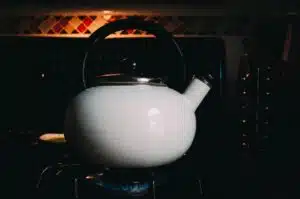
Centralised management aside, the remote aspect is what leaves many people wide-eyed. Remote access has existed in IT since the use of Telnet was widely adopted, after 1969, yet the idea that we could remotely turn the kettle on, 50 years later, makes people gasp. While this does impress people, man-management experts are quick to point out how we use this to reduce manpower. A strong consideration for any business.
So, we know what things are, and have some ideas about what they can do, but we’ve come to the second part of our question:
Why Do I Need IoT “Things” In My Guestroom?
This is a question without a straightforward answer. Technology in the Guestroom should always be complimentary, it should add to the experience. To add to the experience, you need to know what your guests expect, and this depends greatly on the type of guest who frequents your hotel. There are many considerations to an IoT roll out, and one that any hotel needs the correct guidance through.
Perhaps you don’t need IoT at all? You could be making a costly mistake that leaves you behind the competition. HotelTCS bring our industry expertise to show you how IoT compliments your guests. Maybe you have multiple offers on your desk that will make your hotel a technical marvel. Let HotelTCS help you avoid unnecessary investments and costly mistakes, by bringing “things” to your guestrooms.

